A roundup of creative Sukkot resources
At Ritualwell, we’re inspired by innovative practices, and Sukkot is especially rich with symbols you can make your own. We’ve collected our favorite resources on DIY sukkah decorations and building materials to inspire creative thinking and unique celebration.
Create
Sukkot offers a chance to envision what alternate forms “home” can take – is “home” a shelter from the natural elements? A spiritual dwelling? An exploration of family togetherness? Making a sukkah out of inventive materials allows big concepts like “play,” “temporary,” or “spirit” to emerge through your sukkah dwelling.
This sukkah constructed of bamboo poles, thrift shop curtains, and twine evokes light, spirit, and simplicity. It reminds us of the image of a sukkah as a tent, open to the autumn breeze but grounded in a sense of the sacred.
“Play” may not seem like the most obvious Sukkot theme, but this sukkah made of Legos allows children and adults to engage in building as a collective process. Using toys to create your sukkah blurs the lines between practical materials and items that prompt joy.
With recycled cardboard, newspaper and paper mache, you can make an environmentally friendly Sukkah that might not weather rain, but explores the relationship between temporality and permanence, as cardboard changes based on the surrounding weather conditions.
Decorate
The most meaningful Sukkot decorations often take the simplest forms, whether collected from common household materials or sourced from nature. Making decorations with family and friends allows everyone to play a part in sukkah building, no matter who put up the poles.
Bring color to your sukkah with the changing seasons, using fall leaves and dried orange slices as garlands.
Customize your sukkot decorations using found objects from around your home, such as seashells or dried flowers woven around these Jewish stars made of branches.
Repurpose household items that you no longer use, whether creating a wind chime made of old keys or reusing old CDs as ornamental decorations by decorating them with jewels and feathers.
Practice
The blessings and rituals you choose for celebrating Sukkot can bring a sense of deeper ownership and personalized reflection during the holiday.
In this new ritual, Rabbi Ezra Weinberg created Hoshanot with words from Greta Thunberg, the 16-year-old Swedish climate activist bringing the climate crisis to public attention through her powerful speeches to the UN and Congress. Imbuing Sukkot rituals with the urgency of the climate crisis lifts a vision of Sukkot as a holiday that examines the human relationship with nature.
Imagining alternate ways to reuse your lulav and etrog creates a sense of continuity between Sukkot and other Jewish holidays and practices. From using your etrog and myrtle leaves as components in besamim for Havdallah, to repurposing the etrog box as a tzedakah box, Sukkot ritual objects can become building blocks for rituals on the rest of the Jewish calendar.
A meditation from Rabbi Yael Levy brings spiritual awareness to the four elements and directions as we shake the lulav and etrog. This practice awakens the heart and body to gratitude both large and small through the natural world.
Shoshana Lovett-Graff helps to bridge the spaces between technology, spiritual practice and Jewish learning as the Innovation & Impact Program Associate at Reconstructing Judaism and Ritualwell. She writes and resides in Philadelphia, PA. Follow her work here.





